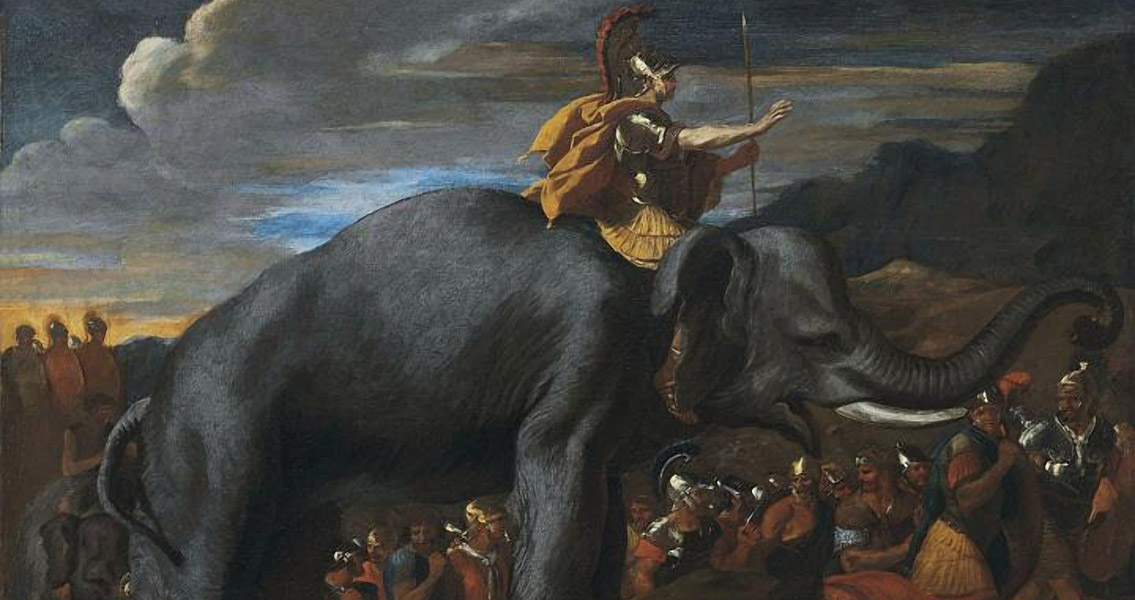<![CDATA[Evidence of the transit route Hannibal used to cross the Alps has been revealed through a most unlikely method: a series of geophysical techniques employed by microbiologists. A team of researchers from Queen’s University Belfast, specifically from its School of Biological Sciences and Institute for Global Food Security, relied on several different methods, including pollen analysis, pedological and geomorphic investigation, environmental chemistry, and metagenome analysis to make their discovery. The results reveal that Hannibal took his massive army through the Col de Traversette pass, based on findings of a “mass animal deposition” dated to 218 BCE. The date lies within the timeline of the Second Punic War, the Roman-Carthaginian conflict that saw Hannibal, leader of Carthage’s forces, lead 30,000 troops, 37 elephants, and more than 15,000 mules and horses on a precarious path through the Alps to devastate the Roman army. The bold move has achieved legendary status among military tacticians over the intervening millennia as an example of strategic brilliance – even though Hannibal and the Carthaginians were ultimately doomed to lose the war. The conflict is also no less noteworthy for helping to lay the foundations of the Roman Republic, and by extension the Empire that replaced it. The exact path Hannibal took across the Alps has been lost to antiquity, though that has not stopped academics in making educated guesses as to his route. A lack of archaeological evidence has prevented any sort of definitive answer for thousands of years – until the results of the new research study were published recently. The team, spearheaded by Dr. Chris Allen from Queen’s University and led by Professor Bill Mahaney from Toronto’s York University, say that the evidence gathered in the approximately 3,000-meter-long Alpine pass certainly points to a momentous event during the time of the Second Punic War. Dr. Allen, in a press release from Queen’s University, remarked that the mass animal deposition was discovered within alluvial mire a meter thick that would have been created by thousands of humans and animals moving through it constantly. The microbes within the horse manure discovered in the deposition were found to be 70 percent Clostridia, which are incredibly stable and capable of living for thousands of years when buried within soil. These ancient microbes match that of a genetic signature dating back to the Punic invasion, added the scientist, making it a nearly foregone conclusion that if Hannibal didn't march thousands of troops through the pass, someone certainly did. This is actually not the first time that the Col de Traversette has been suggested as the point Hannibal led his army through the Alps. The route was proposed by Sir Gavin de Beer, a British evolutionary biologist and former director of the British Museum of Natural History. Sir Gavin released a book in 1969 on Hannibal, where he suggested the Col de Traversette was the Carthaginian army’s transit route, though the academic community was reluctant to adopt the suggestion. However, the new evidence gathered by Dr. Allen’s team stands to vindicate Sir Gavin’s early theories. The findings are available online from the journal Archaeometry Image courtesy of Nicolas Poussin]]>
Hannibal’s Route Across Alps Revealed by Microbiologists
